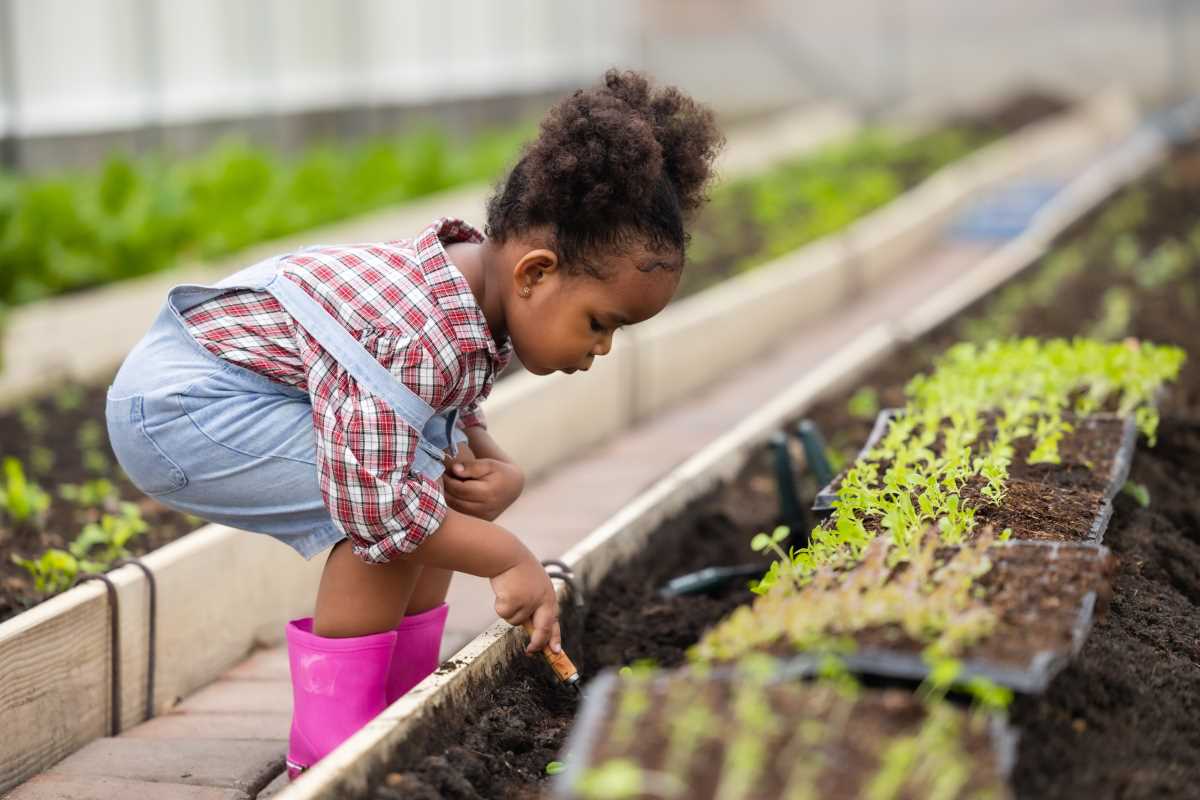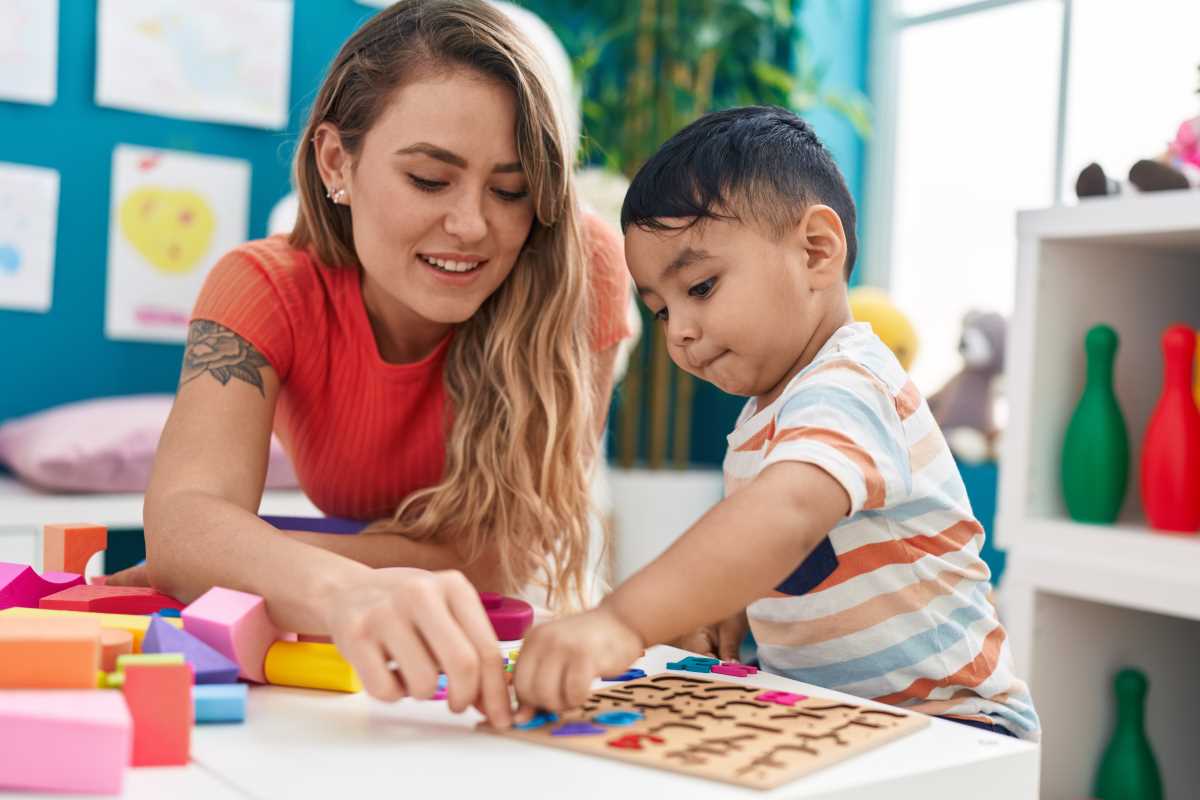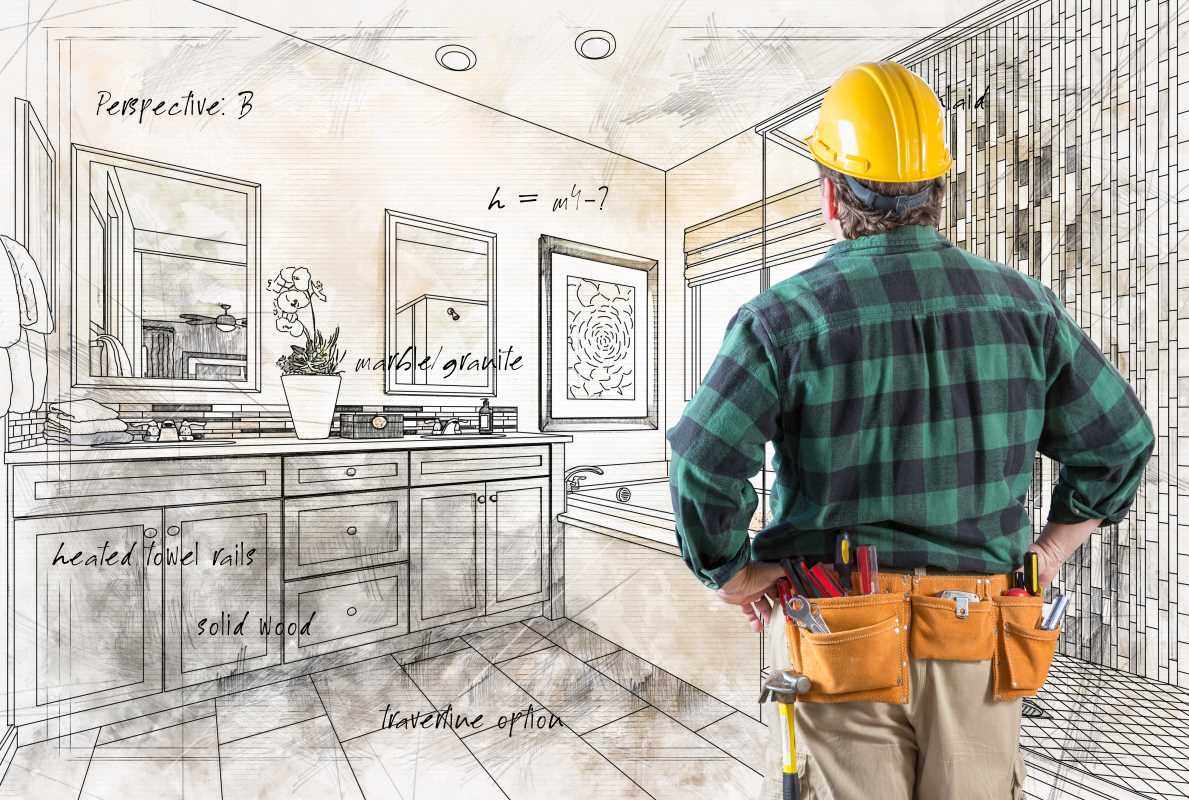Creating spaces where children can feel safe, calm, and supported is essential, especially for kids who live with emotional disorders. A sensory garden is one such space, designed to engage all the senses through the therapeutic power of nature. These gardens do more than just add beauty to an outdoor space; they can significantly support a child’s emotional growth, helping them better manage stress, anxiety, or anger.
If you’re a parent, caregiver, or educator looking for a creative way to help kids with emotional disorders, a sensory garden might just be the perfect project. This article will guide you through the process of creating one, explain the benefits it offers, and provide practical tips that make it achievable, even on a budget.
What Is a Sensory Garden?
A sensory garden is an outdoor space thoughtfully designed to stimulate all five senses (sight, touch, hearing, smell, and taste). The experience of exploring the garden can provide kids with a therapeutic outlet, helping them relax and connect with their emotions in a healthy way.
For children with emotional disorders, the multi-sensory engagement offered by a garden can be grounding and soothing. It also provides opportunities for mindful activities, such as listening to rustling leaves or touching textured plants, which can help reduce anxiety and develop coping skills.
Benefits of Sensory Gardens for Kids With Emotional Disorders
Sensory gardens offer a range of emotional, social, and developmental benefits for kids facing emotional challenges. Here’s why they’re a powerful tool for support:
1. Stress Reduction
Being in nature has been shown to lower cortisol levels, the hormone associated with stress. A sensory garden creates a peaceful retreat where kids can decompress, away from overwhelming stimuli or pressure-filled environments.
2. Emotional Regulation
Many sensory garden elements provide children with calming experiences that can help them regulate their emotions. For example, the repetitive motion of running their fingers through soft grass or sand can have a soothing effect during moments of frustration or anxiety.
3. Mindfulness and Focus
Sensory gardens encourage kids to focus on sensory details, such as the sound of birds or the scent of lavender. This not only cultivates mindfulness but also helps children practice staying present and grounded.
4. Encourages Connection and Care
Caring for plants and observing their growth can instill a sense of responsibility and empathy in children. It also empowers them, as they see the result of their care and attention, which can boost their confidence and mood.
5. A Safe Space for Expression
For kids with emotional disorders, a sensory garden can be a safe space to express their feelings in non-verbal ways. They might find comfort in simply sitting among the flowers or creatively arranging pebbles by a fountain.
Designing a Sensory Garden
A sensory garden doesn’t need to be large or elaborate to make a meaningful impact. With some thoughtful planning and creativity, you can design an accessible space that encourages exploration and engagement.
Step 1: Choose the Right Space
- Size: A small corner in a backyard or schoolyard can work just as well as a larger plot of land. Focus on creating a space that feels personal and inviting.
- Accessibility: Make the garden easy to access for all kids, including those who may have mobility challenges. Smooth paths or raised planters can ensure inclusivity.
- Shade and Sun: Include areas with both sunlight and shade to ensure comfort throughout the day.
Step 2: Engage All the Senses
A well-rounded sensory garden incorporates elements that appeal to sight, touch, hearing, smell, and even taste. Here’s how to include each one:
- Sight: Use flowers in bright colors, such as sunflowers or zinnias, combined with interesting shapes like ferns or curvy-stemmed plants. Include shining materials, like a reflective birdbath or mosaic tiles.
- Touch: Encourage tactile exploration with plants of various textures, like the velvety lamb’s ear or spiky succulents. Sand pits, smooth stones, and bark mulch are other great tactile elements.
- Hearing: Add wind chimes, small water fountains, or strategically placed shrubs that rustle in the breeze. These soothing sounds can add to the calming atmosphere.
- Smell: Fragrant plants like lavender, rosemary, and mint release soothing scents that promote relaxation. Keep these near paths or seating areas for easy access.
- Taste: If appropriate, include edible plants like cherry tomatoes, strawberries, or herbs like basil and parsley. Having taste-safe plants can add a fun, hands-on element to the garden.
Step 3: Incorporate Interactive Features
Kids are more likely to engage with a sensory garden when it includes interactive elements.
- Activity stations: Add a small sandbox or digging area for tactile play.
- Seating: Provide cozy benches, swings, or hammocks so children can take breaks and reflect.
- Paths: Design winding paths with stepping-stones or different textures, like gravel, grass, or wood chips, to make for an engaging walking experience.
Step 4: Use Seasonal Interest
To keep the experience fresh, plan your garden so there’s something to enjoy in every season. For example, plant flowers that bloom in spring, summer, and fall, and include evergreen plants to provide year-round greenery.
Step 5: Keep Maintenance Simple
Gardens can be as low-maintenance or hands-on as you make them. Choose plants that are hearty and easy to care for, or encourage kids to take part in the gardening process, allowing them to water or weed as part of their therapy. This can increase their sense of ownership and pride.
Encouraging Kids to Use the Garden
Once your sensory garden is in place, help children make the most of this special space. Here are some ideas to encourage engagement:
- Guided Activities: Lead mindfulness exercises, like closing their eyes and focusing on sounds or scents within the garden.
- Creative Outlets: Offer tools like paint or chalk so kids can draw inspiration from the garden’s natural beauty.
- Storytime or Reading Corner: Create a cozy reading nook where children can decompress with a book amid the plants.
- Gentle Movement: Host simple yoga sessions or stretches that help kids release pent-up energy while connecting with nature.
Tailoring the Garden to Each Child’s Needs
Every child is unique, so consider their specific emotional needs and preferences when designing the garden. For example, children sensitive to loud sounds may prefer areas away from noisy wind chimes. Conversely, a fountain might help a child by boosting their auditory focus or masking stressful background noise.
Additionally, providing children with choices about what to include in the garden, such as what plants to grow or where to place decorations, allows them to take ownership of the space.
 (Image via
(Image via





